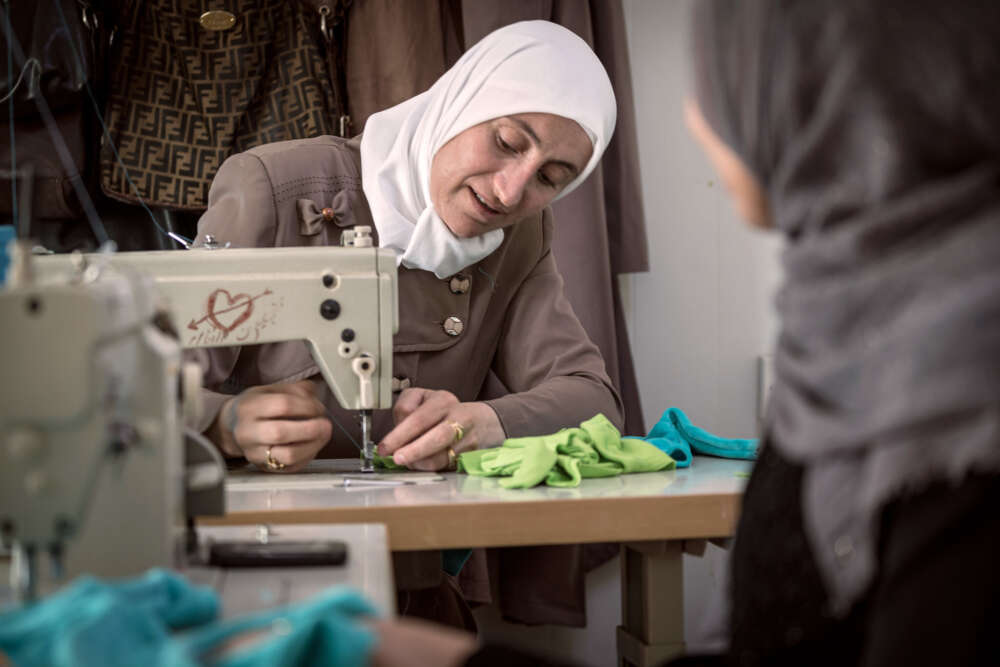What Now? An Implementation Proposal for the Global Compact for Migration

The UN Global Compact for Migration is a considerable achievement, both politically and in terms of its content. No international agreement on migration has existed until now. Out of thin air, states managed to agree on a document that covers the issue in its full complexity: the Global Compact spans a wide range of issues, from prevention of trafficking, to border management and the inclusion of people with a migration background. This migration “theory of everything” was by no means easy to come by – not least because it arose in defiance of a chorus of increasingly dominant voices seeking to limit migration. All UN members except the United States agreed to the final document in July 2018, showing that a rational approach to migration is possible against these odds. Although a dozen initial supporters have since either withdrawn or delayed their signature, the Global Compact is still a milestone because it finally created a common basis for discussion.
Despite its political importance, however, the Global Compact could not be implemented in its current form. The quest for comprehensiveness has led to a confusing document which attaches the same priority to all its proposed measures. Signatories are free to choose which open issues to address and which to sweep under the carpet. This will hardly lead to more coherent governance of international migration. Priorities are especially unclear because the pact blends new points with existing international legal obligations, as well as declarations of intent. The 2030 Agenda for Sustainable Development, for example, is mentioned in the same breath as the legally binding provisions of international labor law and human rights law. Unregulated new areas – such as better coordinated search and rescue efforts, the transferability of social benefits, the handling of mortal remains, or border management cooperation – are hard to find in this jungle of existing commitments.
As a first step, signatory states need to urgently untangle the commitments made, separating new ones from those already covered through other processes, and agree on more concrete and binding priorities for new commitments. This step is a political reality test, and the likely resulting minimum consensus will not live up to the ambitions expressed in the Global Compact. For implementation, however, it is absolutely necessary to clearly define what the declarations of intent will mean in practice.
Secondly, signatories need to distinguish priorities that can be implemented through national legislation from those which require new multilateral instruments or processes. Psychological support and access to justice for human trafficking victims, for example, is a national issue. By contrast, the mutual recognition of labor market qualifications requires a multilateral process.
Thirdly, states need to define measurable goals to give the document teeth. It is not enough to rebrand the previous High-level Dialogue Forum as the “International Migration Review Forum” and to task it with “discussing progress.” An independent international panel of experts needs to periodically review the clearly measurable implementation goals which governments have defined.
All these multilateral steps, however, are only possible if governments manage to improve domestic acceptance of the Global Compact. The German Government, for instance, urgently needs to learn from the heated parliamentary debate on the compact and communicate future steps more clearly. The German Foreign Office has an obligation to explain complex issues to the population and parliament. Foreign Minister Heiko Maas’ claim that the text had been available for people to form their own opinions on was just as unhelpful as Chancellor Angela Merkel playing the Global Compact down as not legally binding. The media attention during the coalition dispute on migration over the summer could have been used to showcase that the German Government also works constructively towards internationally sustainable solutions. By missing this opportunity, the German government has maneuvered itself into a communicative defensive. The clumsy communication put a spoke in the wheel for future steps towards implementation, even though the German Parliament eventually passed the Global Compact, enabling the government to sign it.
The Swiss Government was not so lucky. The Parliament took control following what should have been a mere consultative formality, forcing the Swiss Government to cancel its trip to Marrakesh and postpone signing to the compact. The ongoing Swiss parliamentary debate – including on the significance of soft law and specific terms used in the compact – suggests that the time when Foreign Affairs Ministries had a clear mandate to conduct specialist negotiations on these matters is definitely over.
Governments need to reckon with this new reality, and devise better communication strategies from the outset. There is no time to sit back after the UN Migration Compact is adopted. Only after signing on the dotted line does the real work begin.
…
This is an adapted version of a commentary that was originally published in German by Tagesspiegel Causa on November 16, 2018.







